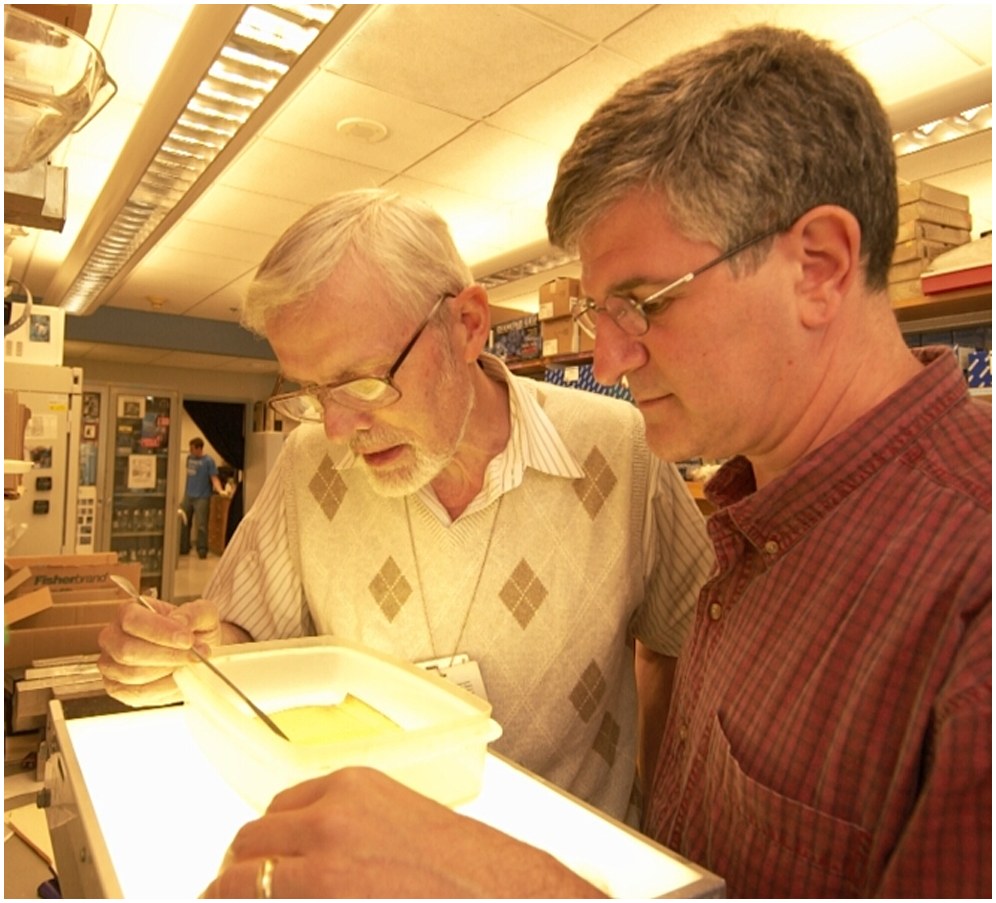
When you hear the word ‘inventor,’ what image springs to mind? Is it a lone genius tinkering away in a dimly lit garage, perhaps a frazzled scientist in a lab coat surrounded by beakers and wires, or maybe a massive tech corporation unveiling its latest groundbreaking gadget? Chances are, your mental picture doesn’t immediately feature a Grammy-winning musician striking an impossible pose, an Oscar-winning actress streamlining diaper changes, or a legendary rock guitarist revolutionizing stage performance. And yet, the world of patents is far more diverse and delightfully surprising than most of us imagine.
It turns out that the roster of patented innovators includes some of the biggest names from Hollywood, the music charts, and even historical figures we thought we knew inside and out. These aren’t just vanity projects or ghostwritten ideas; as a registered patent attorney explained in the ‘Patenting for Inventors’ podcast, an inventor legally must contribute creatively to at least one key aspect of the invention, signing a declaration under penalty of law. So, while they might not have been literally hammering out prototypes in their spare time, these celebrities brought genuinely original ideas and solutions to the table.
Prepare to have your perception of celebrity shattered as we delve into the fascinating, often quirky, and undeniably brilliant minds behind some truly unexpected inventions. From gravity-defying stage trickery to secure communication systems that shaped modern technology, and even ingenious solutions for everyday dilemmas, these famous figures quietly left their mark on the world of innovation. Join us as we uncover the hidden inventive genius of stars who prove that brilliance can strike anyone, anywhere, at any time.

1. **Michael Jackson: The King of Pop’s Anti-Gravity Illusion Shoes**Few images in pop culture are as iconic and mesmerizing as Michael Jackson’s seemingly impossible lean in his “Smooth Criminal” music video. Audiences were left wondering how the King of Pop defied gravity, effortlessly tilting forward at an angle that seemed to break all the rules of physics. Initially, this cinematic marvel was achieved with cables and a harness, a solution perfect for film but utterly impractical for live stage performances where quick changes and seamless movement were paramount.
Jackson, ever the showman and innovator, wasn’t content with limitations. He wanted to bring that breathtaking illusion to his millions of fans on tour. So, he put his inventive mind to work, developing a ingenious system alongside co-inventors Michael Bush and Dennis Tompkins. Their creation was designed to allow a dancer to achieve the dramatic forward lean without the need for cumbersome harnesses or visible wires.
In 1993, Jackson and his collaborators were granted U.S. Patent No. 5,255,452 for their “method and means for creating anti-gravity illusion.” This specialized footwear featured a hidden slot in the heel of the shoe, precisely engineered to lock onto a peg that would emerge from the stage floor. This clever design provided the necessary support, enabling Jackson and his dancers to execute the gravity-defying move with startling realism during their electrifying live shows.
This invention truly transformed live performance, allowing for a level of theatricality and visual spectacle previously unimaginable. It wasn’t just a gimmick; it was a testament to Jackson’s dedication to pushing the boundaries of entertainment, proving that his creative genius extended far beyond songwriting and choreography, delving deep into the realm of practical engineering.

2. **Hedy Lamarr: Hollywood Star, Wartime Inventor**Hedy Lamarr was more than just “one of the top stars in Hollywood” during the 1930s and 1940s; she possessed a brilliant scientific mind that she surprisingly turned towards a grim wartime problem. After a German U-Boat sank the British freighter City of Benares in September 1940, killing 262 people, including many children, Lamarr began contemplating how to create a more effective, remote-controlled torpedo that could outsmart enemy jamming efforts.
Her background, surprisingly, gave her a unique edge. During her “disastrous marriage to Austrian arms dealer Fritz Mandl,” which she fled in 1937, Lamarr had “learned much about armaments, especially torpedoes and radio jamming.” This insider knowledge provided her with the foundational understanding to tackle a challenge that baffled many military strategists. She understood the vulnerability of fixed-frequency control signals.
Working with her friend, avant-garde composer George Antheil, Lamarr devised a revolutionary system. Their concept involved using a “piano roll” to “switch the control signal among 88 different frequencies” at unpredictable intervals. This “frequency-hopping spread spectrum technology” would make it incredibly difficult for adversaries to intercept or jam the torpedo’s guidance, ensuring it reached its target.
They received a patent for their “secret communication system” (U.S. Patent No. 2,292,387) in 1942. However, the U.S. Navy was initially “unenthusiastic,” and the technology was ahead of its time. Lamarr and Antheil’s patent ultimately expired in 1959, but their groundbreaking method became the bedrock for much of modern wireless communication. Today, “spread-spectrum technology” is “widespread in wireless technology like Wi-Fi, GPS, and Bluetooth.”
Despite the initial oversight, Lamarr finally began receiving recognition for her invention in the late 1990s. Since her death in 2000, she has been “equally well known as an actress and an inventor,” posthumously inducted into the National Inventors Hall of Fame in 2014. Her story stands as a powerful reminder that genius can emerge from the most unexpected places.

3. **Eddie Van Halen: Rock God’s Guitar Support Innovation**Eddie Van Halen, the legendary lead guitarist of the band Van Halen, was much more than a “metal god” known for his virtuosic playing. His innovative approach to music extended to the very instrument he wielded. Part of his signature sound was the mesmerizing “two-handed tapping technique,” a dazzling display of dexterity that required both hands to fly across the fretboard.
However, simultaneously holding up the guitar’s neck while executing such complex fingerwork could prove “a bit tricky,” limiting the musician’s freedom and potentially impacting performance. Van Halen, always seeking to push creative boundaries, recognized this practical challenge and devised an ingenious solution that would allow for greater freedom and new sonic possibilities during his electrifying solos.
In 1985, fresh from the success of the band’s 1984 album, Eddie Van Halen filed for a patent for his “musical instrument support.” Granted as U.S. Patent No. 4,656,917A in 1987, this device was a game-changer. It allowed a guitar to rest “hands-free on a support attached to the player’s waist,” providing crucial stability without requiring the player to physically hold the instrument’s neck.
The patent application itself highlighted the revolutionary potential of this invention, stating it would allow “the player to create new techniques and sounds previously unknown to any player.” This wasn’t just for guitars; the patent specifically noted that the device “would work with any stringed instrument,” opening up a world of possibilities for musicians across different genres. So, if you ever dream of “tap[ping] out a scorching mandolin solo,” you know who to thank.

4. **Prince: The Purple One’s Iconic Keytar Design**Prince, known affectionately as “the Purple One,” was an artist who embodied creativity in every facet of his life, from his revolutionary music to his audacious fashion. Around the time he famously changed his name to an unpronounceable symbol, becoming “the artist formerly known as Prince,” his inventive spirit also manifested in a unique musical instrument.
He envisioned and designed a “portable keyboard instrument” that was as visually striking as his persona. This instrument, dubbed the “Purpleaxxe,” was a keytar that, with its distinctive “swooping curves and arrows,” strikingly “resembled his new name.” It was a true reflection of his singular artistic identity, blending musical function with a powerful aesthetic statement.
In 1994, Prince received a design patent (Design Patent D349,127) as “Prince R. Nelson” for this visually captivating instrument. While he reportedly never played the Purpleaxxe himself, it was prominently wielded by his keyboardist, Tommy Barbarella, becoming an instantly recognizable symbol of Prince’s musical empire and stage presence.
This invention went beyond mere aesthetics; it addressed a practical challenge for performing musicians. “Traditional keyboards restricted mobility on stage,” often tethering musicians to a static position. Prince’s “sleek, ergonomic design allowed musicians to move freely, bringing greater expressiveness and visual appeal to performances,” liberating them to engage more dynamically with their audience.
The keytar, in Prince’s hands (or rather, Barbarella’s), became iconic, symbolizing not just musical innovation but also a vibrant freedom of expression. It truly was “something that could only have come out of Prince’s noggin,” a testament to his holistic approach to art and performance, where every detail, even the design of an instrument, was part of a larger, magnificent vision.
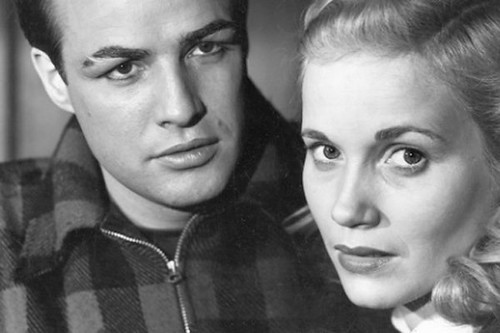
5. **Marlon Brando: The Godfather’s Drumming Innovations**Marlon Brando, the legendary actor celebrated for his iconic roles like Vito Corleone, might not be the first person you’d imagine in a workshop tinkering with musical instruments. However, it turns out that “the aging actor also started to get innovative” in his later years, driven by a deep passion for drumming. Brando was, in fact, an “avid drummer,” and his inventiveness focused squarely on improving the very core of rhythm.
Brando’s keen ear and practical mind identified a common problem in drum tuning: achieving uniform tension across a drumhead could be frustrating and time-consuming, impacting sound quality and overall tuning stability. Traditional conga drums, for instance, often required tedious adjustments involving “five or six screws at the top.” Brando sought a simpler, more efficient method.
His solution was a new conga drum that “instead of being tuned by five or six screws at the top, could be tuned by only a single crank at the bottom.” This streamlined approach aimed to make tuning more accessible and consistent for drummers. Beginning in 2002, Brando received “four patents for his drum-tuning system,” including U.S. Patent No. 6,812,392 for a “drumhead tensioning device and method.”
Sadly, Brando “died in 2004 before he could achieve his dream of seeing his invention actually enter production.” However, his work was not entirely forgotten. In 2011, renowned drummer Poncho Sanchez had the opportunity to play one of the Brando drums. Sanchez remarked that it “sounded pretty good,” but also observed, when asked about its practicality, that “It’d be too expensive to make and people would be sending it back all the time.…But it was a cool idea.” A cool idea, indeed, proving that even a titan of cinema harbored a quiet, inventive spirit.
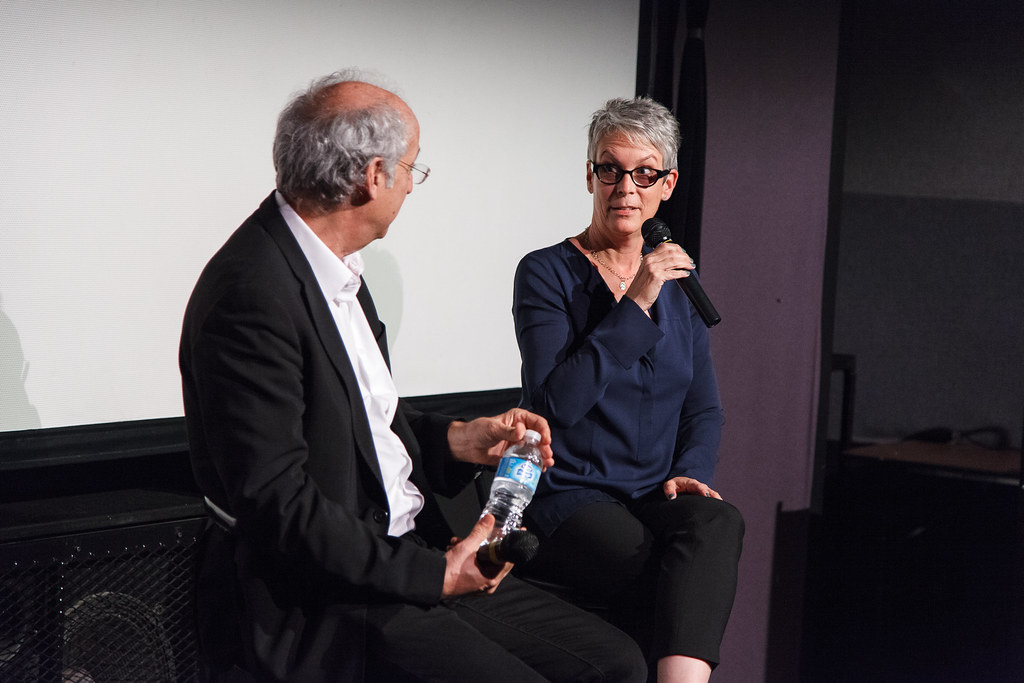
6. **Jamie Lee Curtis: A Practical Patent for Parents**Jamie Lee Curtis, an actress known for everything from horror films to wholesome comedies, might be one of the last people you’d expect to find in the realm of everyday household patents. Yet, her practical mind was clearly at work when she tackled a common parental headache: diaper changes. It’s a task that often involves juggling a wriggly baby, a fresh diaper, and a separate container of wipes, leading to awkward fumbling and inevitable messes.
Curtis envisioned a simpler, more streamlined approach. In 1987, she designed and patented “a disposable diaper that included a waterproof pocket that held baby wipes.” This innovative concept, granted as U.S. Patent No. 4,753,647 in 1988, aimed to keep all the necessary clean-up tools conveniently at hand, right on the diaper itself.
Her invention provided an elegant solution to a very real problem. “Traditional diaper changes often involved juggling multiple items, leading to inconvenience and messes.” Curtis’s design “streamlined diaper changing,” allowing caregivers “quick and easy access to wipes without fumbling for separate containers.” It was a moment of pure, unadulterated common sense applied to a chaotic situation.
What makes Curtis’s patent story even more remarkable is her principled stance regarding its commercialization. She “hasn’t profited from her idea yet, though,” because “she refuses to license the patent until diaper companies make biodegradable products.” This surprising commitment reveals not just an inventive streak, but also a dedication to environmental responsibility, making her a truly unique figure among celebrity inventors.

7. **Bill Nye: The Science Guy’s Ballet Pointe Shoe Breakthrough**Bill Nye, beloved by generations as “Bill Nye The Science Guy,” is synonymous with making complex scientific concepts understandable and exciting. You might expect him to hold patents for high-tech gadgets or educational tools. However, Nye’s inventive spirit led him to an entirely different, and thoroughly unexpected, field: ballet.
In 2001, Nye received U.S. Patent No. 6,895,694 for a “specialized ballet pointe shoe,” or, as the context describes it, “a better ballet toe shoe.” He identified a significant problem in the world of classical dance: “The design and materials of the traditional pointe shoe have remained unchanged for centuries,” often leading to “discomfort and even pain” for dancers. It was a centuries-old design ripe for a scientific upgrade.
Nye’s design brought a scientific engineering approach to the delicate art form. His invention “takes into account the forces exerted upon a dancer’s body when dancing en pointe” and provides enhanced structural integrity. This included “additional support via a ‘toe box’ located ‘in the toe of the toe shoe, an upper and an outer sole.'” Furthermore, the internal “support structure within the toe shoe includes a longitudinal support member, a foot encirculating tubular sleeve, and/or a toe ridge.'”
These thoughtful enhancements were designed to address the physical demands on a dancer’s feet, aiming to reduce the physical toll. The patent highlighted that “these enhancements reduced the risk of common ballet injuries, such as sprains and fractures,” by improving “foot support and alignment.” It’s a truly unexpected, yet perfectly logical, application of scientific principles from the man who taught us so much, proving that innovation can gracefully pirouette into any domain.

8. **Charlie Sheen: The Hygienic Lip Balm Dispenser**When you think of actor Charlie Sheen, images of hit movies and television shows likely spring to mind. You might not, however, picture him in the role of an inventor. Yet, in a fascinating twist, Sheen quietly secured a patent for an everyday item that many of us use regularly, solving a small but persistent problem in the process.
His invention tackled the often-unhygienic and sometimes messy act of applying lip balm. Traditional methods often involve direct contact with the balm itself, which can transfer germs or lead to excess product. Sheen envisioned a cleaner, more precise solution, blending convenience with a focus on personal hygiene.
In 2001, Sheen was granted U.S. Patent No. 6,283,658 for a “unique ChapStick dispensing apparatus.” This wasn’t just a slight tweak; it was a “simplified compact, clean, and user-friendly solution that dispensed precise amounts of lip balm without direct contact.” The device aimed to improve usability, particularly appealing to individuals who prioritized cleanliness and ease of application.
This unexpected patent reveals a thoughtful, practical side to a celebrity often associated with more dramatic headlines. It serves as a reminder that inventive sparks can fly in the most unexpected minds, even for seemingly mundane items, proving that sometimes, the simplest solutions are the most brilliant.

9. **Julie Newmar: The “Cheeky Derriere Relief” Pantyhose**Julie Newmar, forever iconic as the original Catwoman from the classic *Batman* TV series, brought a similar flair for innovative design to a rather intimate piece of clothing. Beyond her captivating performances, Newmar delved into the world of apparel, seeking to improve a common garment that, for many, was more a source of discomfort than confidence.
For decades, traditional pantyhose had remained largely unchanged, often failing to provide adequate shaping or comfortable support. They could sag, pinch, or simply not offer the desired aesthetic enhancement, leaving wearers feeling less than purr-fectly confident. Newmar recognized this widespread frustration and set out to create a better alternative.
Her patented solution, U.S. Patent No. 3,914,799, granted in 1975, was delightfully titled “Pantyhose with shaping band for cheeky derriere relief.” The brilliance lay in its specific design: “An elastic shaping band is attached to the rear panty portion and is connected from the vicinity of the crotch to the vicinity of the waist band and fits between the wearer’s buttocks to delineate the wearer’s derriere in cheeky relief.”
This clever design aimed to provide comfortable, strategic support that enhanced the wearer’s silhouette. Newmar’s invention skillfully combined style, comfort, and functionality, ensuring that even a basic wardrobe staple could be elevated with a touch of ingenuity and a wonderfully witty name. It’s a testament to her keen eye for both aesthetics and practical improvement.

10. **Harry Connick Jr.: The Digital Sheet Music System**Harry Connick Jr. is a multi-talented artist, celebrated as a Grammy-winning musician and an accomplished actor. What many might not realize is that his creativity also extends into the technical realm, addressing a significant challenge faced by musicians during live performances.
Traditional sheet music, for all its timeless charm, presents practical limitations in a modern performance setting. Musicians often rely on printed scores, which can lead to various issues during live shows: awkward page turns, difficulty in synchronizing with an ensemble, or a lack of real-time adaptability to tempo changes. These factors can subtly, yet significantly, impact performance quality.
Connick Jr. leveraged technology to solve this age-old problem. He holds U.S. Patent No. 6,348,648 for a “digital sheet music synchronization system.” This innovative system allows sheet music to be displayed and synchronized across multiple digital screens, providing a seamless and highly coordinated experience for an entire ensemble.
The system offers crucial features such as “real-time updates and tempo adjustments,” ensuring that all musicians are perfectly aligned throughout a performance. This invention enhances both the precision and expressiveness of live music, significantly reducing errors and elevating the overall quality of ensemble performances. It’s a true marriage of artistic vision and technological ingenuity from a master musician.
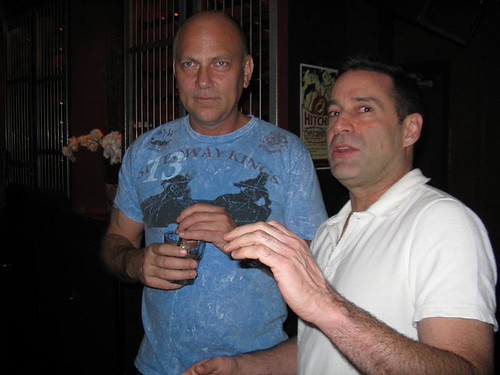
11. **Jack Johnson: The Detachable Wrench**Jack Johnson was a figure of immense historical significance, remembered as the first black man to become the world heavyweight boxing champion in 1908, a monumental achievement in an era of intense racial segregation. His life was marked by both triumphs and profound challenges, including unjust imprisonment.
It was during his time serving a sentence in Leavenworth, Kansas, that Johnson’s inventive spirit shone through in an unexpected way. Far from the boxing ring, he turned his powerful mind to practical mechanics, a testament to his intelligence and resourcefulness even under du duress.
While confined, Johnson conceived of and developed an improved wrench. His innovation focused on enhancing the tool’s utility and maintenance: it was designed to be “easily taken apart for cleaning and repair.” This practical improvement addressed a common issue for mechanics, making tool upkeep simpler and more efficient.
Johnson received his patent for this ingenious wrench in 1922, a quiet but profound mark of his inventive genius. His story is a powerful reminder that brilliance and innovation are not confined by circumstance, emerging from unexpected places and proving that creativity can thrive even in the most challenging environments.
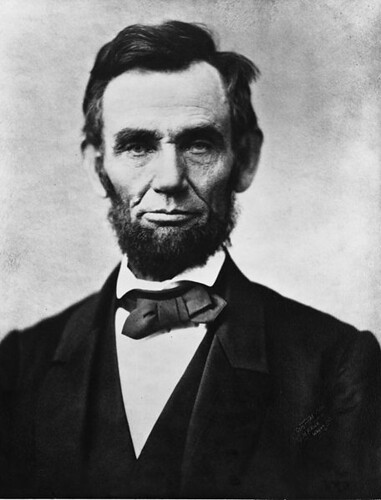
12. **Abraham Lincoln: The Buoyancy Device for Boats**Before he became the iconic 16th U.S. President, Abraham Lincoln led a varied life, including stints working on flatboats on the Mississippi River. It was during one of these trips, in 1849, that a common maritime frustration sparked an unusual invention from the future statesman.
Lincoln’s flatboat became stuck on a shoal, requiring considerable effort to free it. This experience prompted him to ponder a better way to keep vessels from getting stranded in shallow waters. His solution was a rather “convoluted device” designed to increase a boat’s buoyancy on demand. It involved attaching a set of bellows to the bottom of the boat, which, when inflated, would lift the vessel.
Lincoln received Patent Number 6469 for this “device for buoying vessels” in 1849, making him the only U.S. President to hold a patent. While his idea was certainly ingenious in concept, it unfortunately never made it into widespread production. The irony? It was discovered that the “extra weight associated with adding the bellows device to a ship actually made it more likely that the boat would get stuck.”
Despite its lack of commercial success, Lincoln’s patent remains a fascinating footnote in his storied life, revealing his keen observational skills and problem-solving mentality. It serves as a charming reminder that even the greatest minds can have ideas that don’t quite pan out, but the spirit of innovation is always worth celebrating.
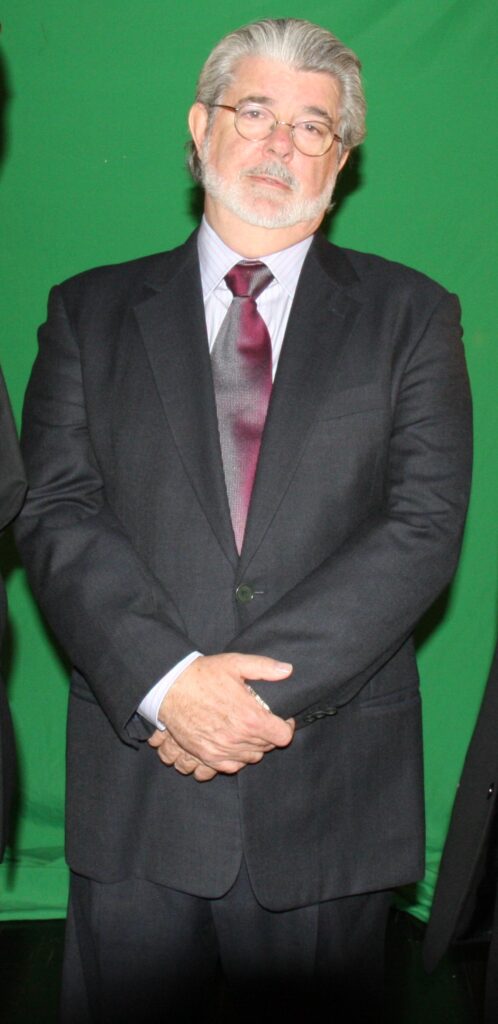
13. **George Lucas: The Boba Fett Toy Design (and many others!)**George Lucas, the visionary creator of the *Star Wars* universe, transformed filmmaking and storytelling forever. But his inventive genius wasn’t limited to the silver screen; it extended into every facet of his sprawling galactic empire, including the beloved merchandise that brought his characters into homes worldwide.
If you’ve ever held a *Star Wars* action figure, there’s a good chance that Lucas himself held a patent on its design. His meticulous attention to detail and desire to control the aesthetic integrity of his creations led him to secure numerous design patents for the iconic toys. This wasn’t just about commercial gain; it was about protecting the very essence of his imaginative world.
The Boba Fett action figure stands out as a prime example. This distinctive character’s toy design, which Lucas patented alongside co-inventors Joe Johnston and Ralph McQuarrie, was filed in 1979 and granted in 1982. This groundbreaking patent was just the first of an impressive eleven toy design patents that the director would eventually come to hold, safeguarding the visual identity of his beloved creations.
Lucas’s approach highlighted the critical importance of design patents in protecting the unique visual and aesthetic elements of iconic characters and products. His patents ensured that the integrity of the *Star Wars* universe was maintained across all mediums, making him a pioneer not just in storytelling, but in comprehensive brand and design protection.
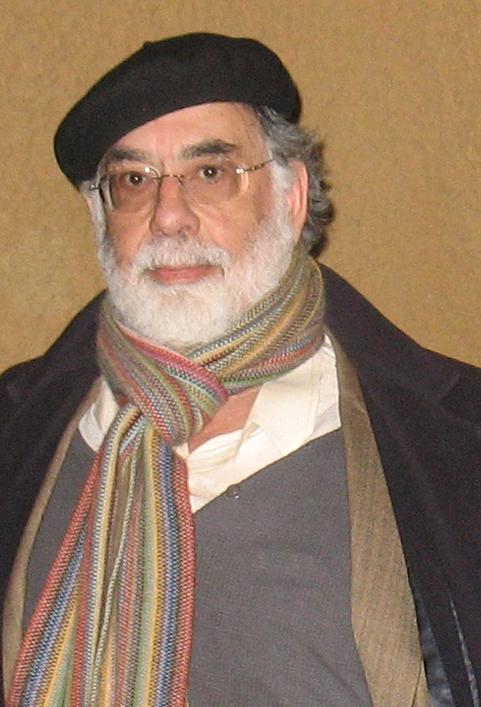
14. **Francis Ford Coppola: The “Unreachable Itch” T-Shirt**Francis Ford Coppola, the legendary director behind cinematic masterpieces like *The Godfather*, is renowned for his expansive vision and diverse talents, which extend far beyond the film set to ventures like wineries and restaurants. Yet, perhaps one of his most relatable — and delightfully quirky — inventions is a foray into apparel that addresses a universal human predicament.
Coppola’s patent tackles the age-old, frustrating problem of an unreachable itch on one’s back. Anyone who has ever contorted themselves in vain, or attempted to guide a well-meaning but often bewildered “second-party-scratcher” with a series of vague directions, can appreciate the sheer brilliance of his solution. His patent application humorously details the scenario: “‘Could you scratch lower? To the left . . . No, the other left. Now, down lower. To the right. No, no . . . Too far! Back to the left.'”
His ingenious solution is a t-shirt featuring a turtle design on the back, with the turtle’s shell divided into numbered regions. This seemingly simple garment is designed to “permit the wearer to identify for a third party a particular location on the wearer’s body” in the event of an itch. Instead of vague gesturing, one can simply say, “Scratch number seven!”, providing immediate, precise relief.
This patent (U.S. Patent No. 6,047,392) from a cinematic titan is a wonderful example of how even the most brilliant minds are inspired by everyday annoyances. It’s a practical, humorous, and undeniably clever invention that proves innovation comes in all forms, from the profound to the perfectly peculiar.
And there you have it – a dazzling array of celebrity inventors who prove that brilliance truly knows no bounds, nor does it stick to traditional career paths. From the stages of world tours to the depths of a prison cell, and from the grand visions of filmmakers to the mundane annoyances of everyday life, these stars remind us that an inventive spark can ignite in anyone. They’ve not only entertained us but have also quietly shaped the world with their ingenious contributions, forever leaving their unexpected mark on the landscape of innovation.




